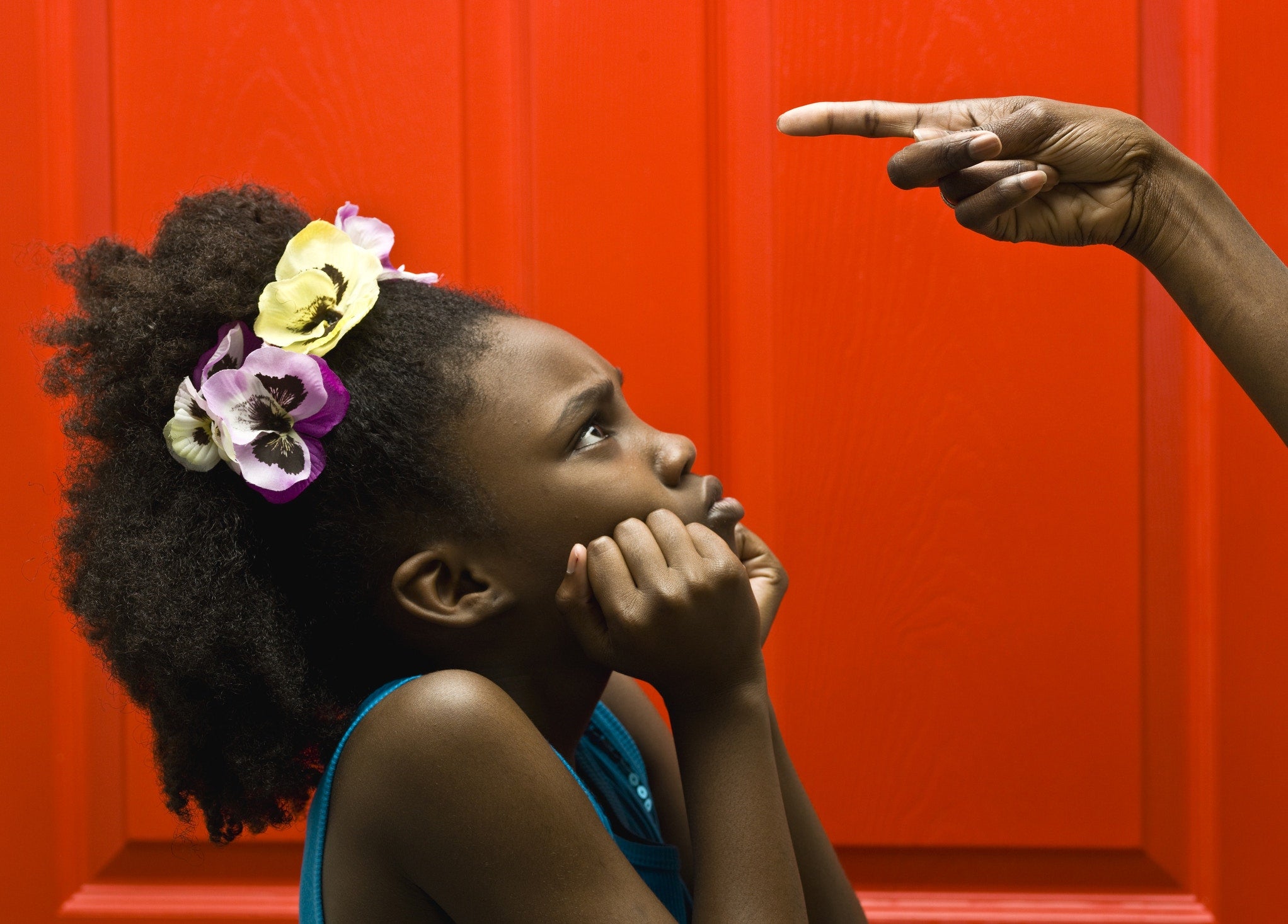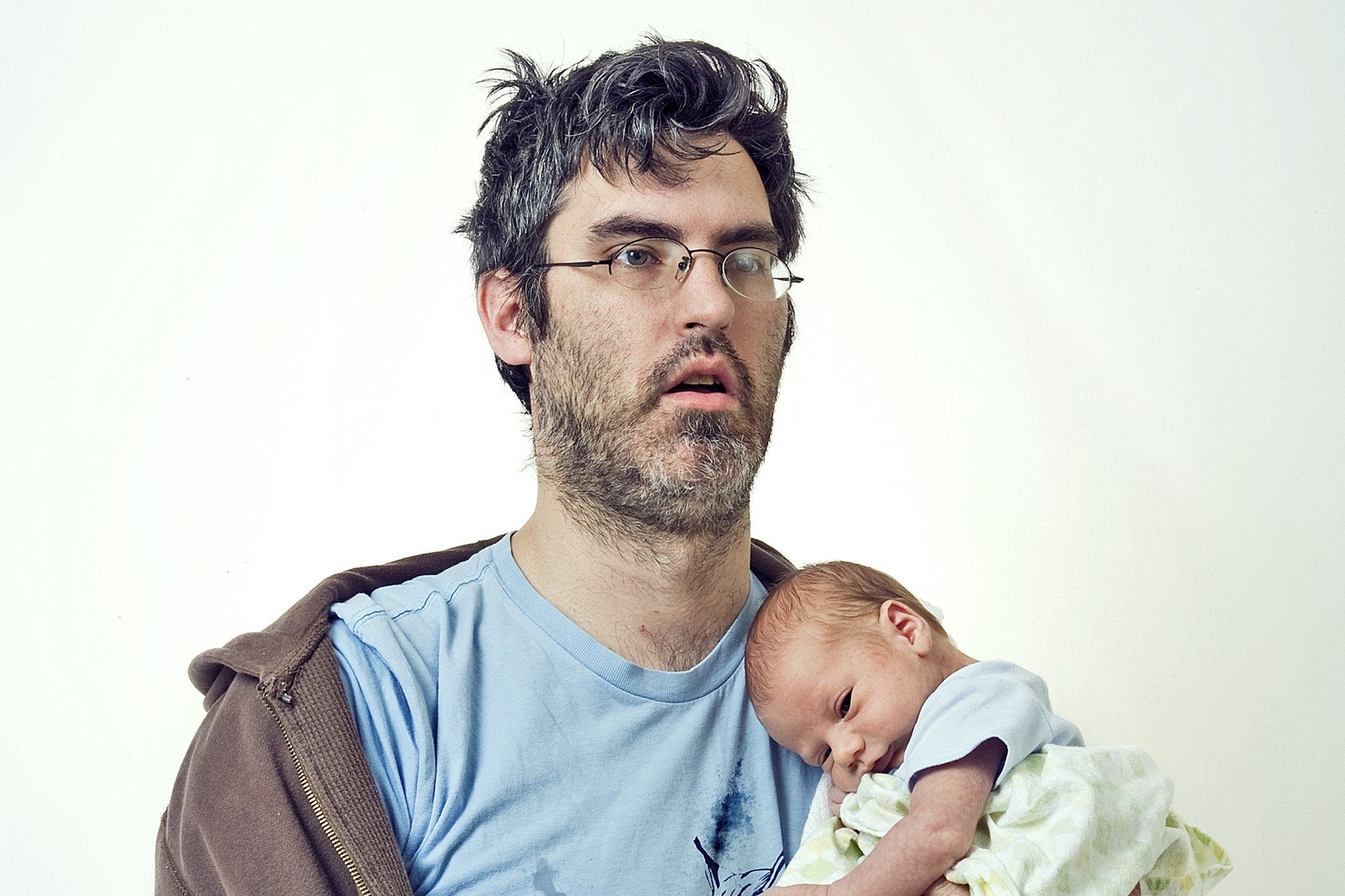A few months ago, I took my daughter to the American Girl Store in New York for lunch and shopping. As we settled down to our adorably presented, extraordinarily priced meal, she ate up every part of the experience and every bit of her lunch, until an entire chicken finger dropped on the floor and landed under the table, where thousands of feet had rested before us.
As quickly as I could, I picked up the chicken and put it back on her plate, invoking the five-second rule. My mother and sister-in-law looked on, slightly horrified. Truthfully, I wouldn't have eaten the food myself, but my eating habits are not as challenging as my three-year-old's. My daughter is a dainty eater, except when it comes to sweets. She miraculously always has room for those, so it's a true balancing act to get quality food in her tummy each day.
Asking for a replacement chicken finger would have completely disrupted her momentum, so my desire to see her chow down on a relatively healthy meal outweighed the risk of her getting sick from whatever germs now clung to that chicken. She only ate a few more bites before eyeing the desserts served around us, and she didn't get sick from her meal. In the end, this was a risk worth taking, but how big of a risk was it?
The five-second rule is the idea that food which has fallen on the ground is still safe to eat if it's picked up within five seconds of dropping. Scientific studies have largely debunked this theory. Even my ten-year-old niece, who tested the rule for her science fair, concluded that bacteria instantly attaches to food that has touched the ground, and to no one's surprise, the longer the food lies there, the more yucky stuff it'll have on it. As a result, the safest course of action is to throw out any food that's fallen.
Then I think about other studies testing the hygiene hypothesis that say parents have gone overboard sanitizing their kids' lives and that playing in dirt actually helps build their immunity and resistance to allergens and asthma. I think about all the germy things my kids put into their mouths as babies, which didn't cause them to be perpetually sick. Couldn't the argument be made that the occasional five-second rule is actually good for them?
It depends on which expert you ask and your personal tolerance for germs. Two of the most well-known studies that tested the five-second rule had very similar results – bacteria begins collecting on food instantly – but their takeaway from the data was different. One study found this to be reason enough to never eat off the floor. Why knowingly ingest more yucky stuff than necessary?
The other study concluded that it's unlikely a sufficient amount of bacteria would transfer in five seconds to make a person sick because the food first has to land on a spot that's actually contaminated with dangerous bacteria like E. Coli or Salmonella. This makes the odds of getting sick pretty low and supports the idea that occasionally invoking the five-second rule is no big deal.
While feeding my daughter food off the ground isn't one of my proudest parenting moments, I'm siding with the latter study's conclusion that a dropsy here or there isn't cause for much concern, assuming your child has a healthy immune system.
If you're willing to play Russian roulette with the five-second rule, here are some sub-rules to keep in mind (also known as common sense).



